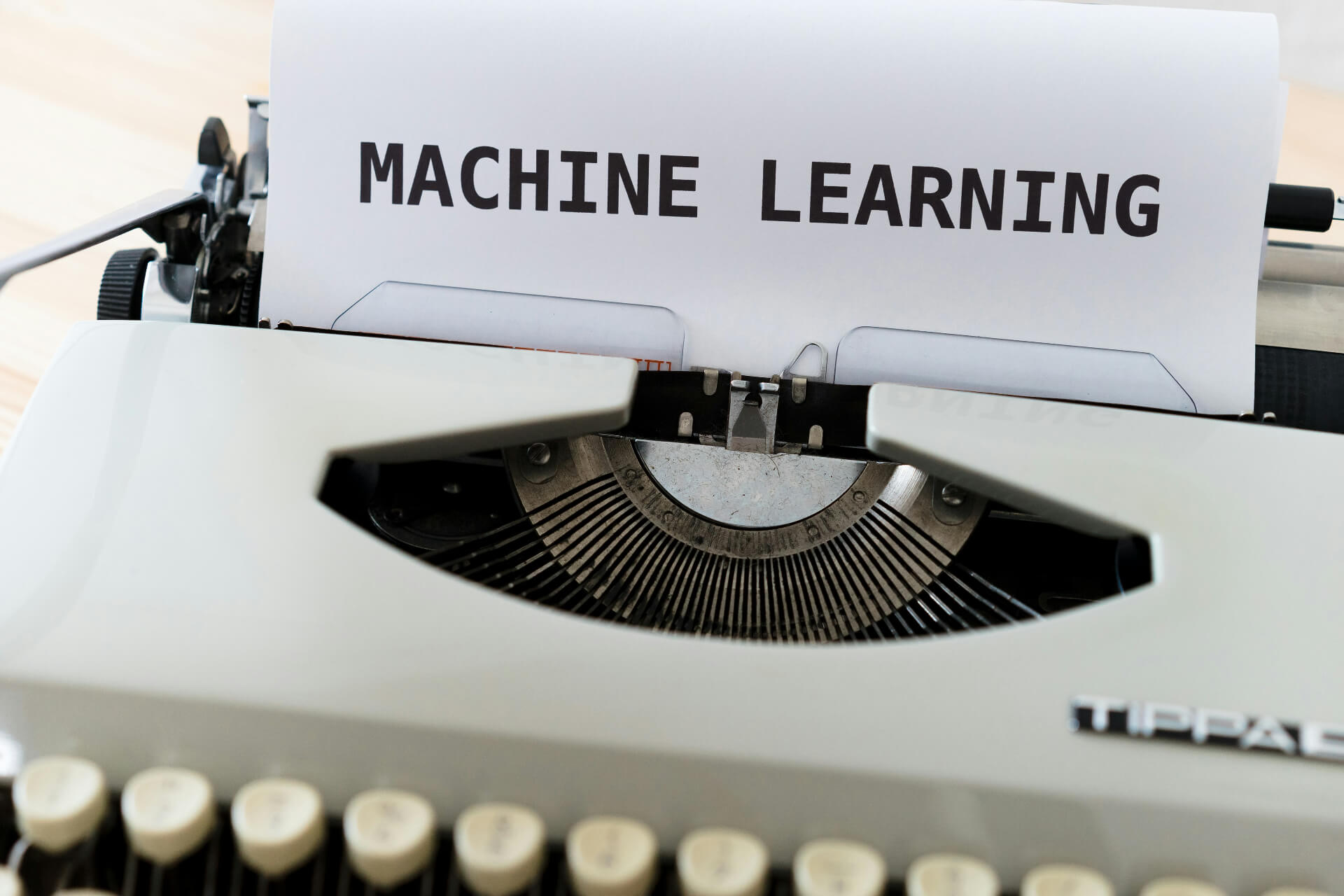



Revolutionized is reader-supported. When you buy through links on our site, we may earn an affiliate commision. Learn more here.
Artificial intelligence has introduced countless new technical terms into the sector. The deeper you get into the field, the more precise the language becomes, describing intricate training procedures and training styles. Dive into one style of data curation — reinforcement learning — and related concepts to discuss these topics like a pro even with simplified definitions. What are the reinforcement learning types, algorithms and techniques you need to know to become more proficient in machine learning?
Before diving into other terms, it is vital to understand the foundation. Reinforcement learning is a way to train AI to become more accurate, proficient and eloquent. It is similar to reinforcement learning for humans, where good habits and skills form after receiving rewards for correct actions.
AI can respond to the same learning style, except the reward is algorithmic. Reinforcement learning types expand as experts understand more about the field, but they all strive to help software make better decisions to deliver better determinations.
It is more straightforward to understand how reinforcement operates based on how it differs from the other two main types of machine learning training — supervised and unsupervised learning.
Supervised learning has direct inputs, and trainers want to minimize the inconsistencies between outputs as much as possible. Unsupervised learning learns without input and self-trains on algorithmic patterns. Reinforcement learning is based on exploration and exploitation to get better rewards after repeated attempts to come up with results.
This describes the methods the AI will take in the state (see below).
The AI is the agent (see below) and the actors are people influencing and training the AI, such as scientists, analysts, engineers and tech experts. Actors may also refer to the AI’s policies (see below). In some cases, the actor and agent are synonymous.
This is a combination of policy- and value-based learning styles (see below) but using distinct frameworks for actor and critic. The AI learns policies, and the critic — made of values — determines the actor’s efficacy based on its actions.
This is the AI software or entity being trained with reinforcement learning. The agent may also be called the actor.
An AI will learn more if it knows what it doesn’t know. Adversarial techniques discover the oversights in how the machine learning algorithm is performing. Despite bias elimination and data cleaning tactics, vulnerabilities still appear, creating adversarial influences that can manipulate outcomes. Training the AI based on these policy gaps will reinforce better outcomes, though this one of the less-researched options in the AI world.
Imagine a combination of supervised and reinforcement learning, and you get associative reinforcement learning. This method uses closed-loop learning tasks to develop categories and associations, encouraging stronger connections between data points.
The equation that proves the state’s top reward, which considers the state, time and optimality.
Deep RL incorporates deep neural networks. Neural networks are digital environments that attempt to replicate how the human brain operates, using a multilayered network structure. This reinforcement learning type often uses the Markov Decision Process (see below). It became more popular as experts employed Deep RL in multiplayer gaming settings.
The agent may prioritize information it has already learned from its cycles or exploration (see below). This could reinforce more accurate predictions or cause disruptions in the policy from false gravity being given to certain aspects of the learning state. Upper confidence bound learning is a system that balances this with exploration to determine activity based on uncertainty.
An AI will learn more about how its actions impact the state and vice versa. Exploration is a general term referring to this discovery loop. For example, the Epsilon-Greedy method is a type of exploration strategy that gives the agent the option to pick between the randomness of exploration versus the probability of getting the best outcome.
This type of learning uses fuzzy inferences, derived from fuzzy logic in soft computing. What does this all mean? Fuzzy logic states several correct values can be true from a unique variable. Fuzzy inference is mapping how these outputs come to be. Apply this technique to machine learning, and you get fuzzy reinforcement.
Reinforcement learning is all about providing the AI with a reward, but what if that reward is taken away? This is the inverse technique. The reward function is absent, so the algorithms will attempt to develop one, which a data scientist will discern. This gives insights into what the data set currently considers a rewarding outcome.
The MDP is one of the most famous terms in reinforcement training. It isn’t about using determinations to discover the reward or knowing how to get there — MDP is when the agent makes the road map. Based on the state, what are the paths the AI must take to reach the reward? This is a cyclical process, as it executes actions, considers variables, and potentially hits reward points.
The agent knows the reward it’s trying to achieve, and it wants to make that reward even bigger. Reinforcement learning types that use this motivation are considered model-based. This is not advisable for training on subjects humans know little about. Fixed subjects with minimal knowledge gaps are perfect for this, as the desire to expand reward potential will motivate the AI. This may include dynamic programming or model predictive control.
These algorithms learn about the reward by analyzing outcomes. Changing industries, like health care, may benefit from this style because information is often curated or shifting depending on the use case.
This is the connection between states and actions. It is the action plan the agent takes based on the state.
Also known as actor-based methods, this is when the AI knows the best policy beforehand and tries to get there with whatever techniques it can. It may or may not know values beforehand.
The name of this technique speaks for itself. SRL is a learning style where the system learns how important it is to develop limitations to produce safe results. It is aware of the least desirable outcomes and uses this to increase the chances of a reliable determination. Risk minimization is crucial, but this format may be susceptible to bias, leading to harmful reinforcement.
A state refers to the world the AI is in, and, most importantly, how it perceives it. This should not be confused with environment, which typically refers to the reality in which humans are executing reinforcement learning.
This reinforcement learning type uses intermediary rewards to determine the long-term effectiveness of an action pattern. It uses multiple MDPs and grades the value of each. State-action-reward-state-action (SARSA) methods are an example of TDL, which updates the likelihood of false positives.
Also known as critic-based methods, this is when the agent doesn’t know the policy but knows functions that can guess the worth of some determinations based on what it knows about the state and actions. Some examples include Q-learning, which takes a defined MDP and finds the best sequences of actions to reach the best reward.
Machine learning will only become more precise as humanity discovers more about it. Reinforcement learning types will develop and expand, introducing new training techniques to scientists. Briefing on these terms will make you more aware of how professionals are developing AI worldwide, which is crucial for mindful interactivity with this unpredictable yet powerful resource.
Revolutionized is reader-supported. When you buy through links on our site, we may earn an affiliate commision. Learn more here.


This site uses Akismet to reduce spam. Learn how your comment data is processed.